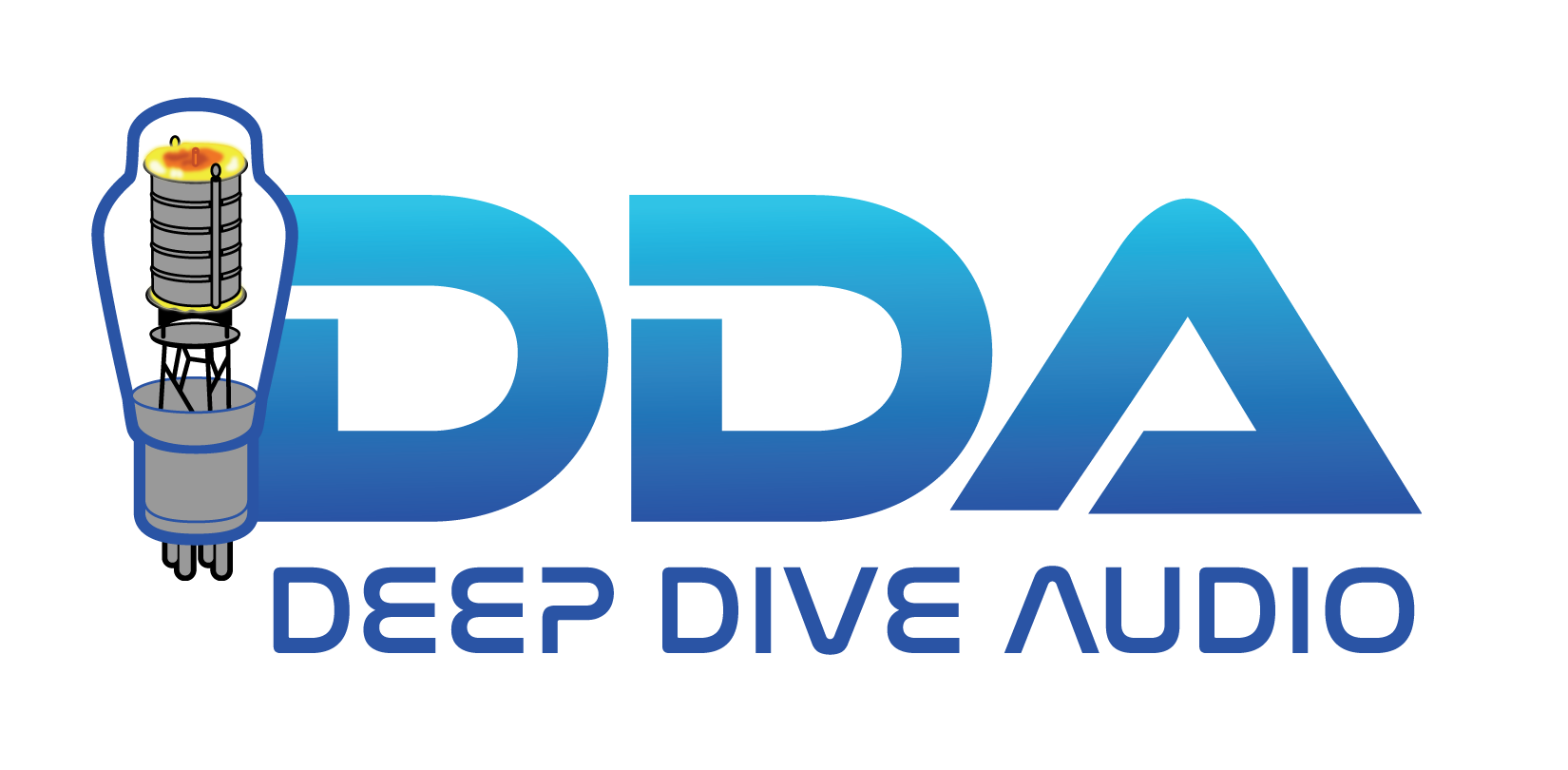
Deep Dive Audio is Proud to Carry the Following Recommended Components
Stereophile’s Recommended Components list is among the most prestigious and influential awards in audio. The Fall 2025 list has been published, and we want to feature the awardees we represent. Being named a Stereophile Recommended Component not only recognizes the achievement of the component itself, it speaks to the quality of the manufacturer as a whole. And we at Deep Dive are proud to represent so many recognized lines.
Turntables
Class A+
J.Sikora Reference:
This Polish company’s top-of-the-line turntable is a non-suspended, high-mass design, weighing 253lb. The dynamically and statically balanced platter alone weighs 40lb! Drive is with four square belts spun by four Papst DC motors. MF found that the plinth was immune to knuckle raps and motor start-up noises and wrote that the Reference was very quiet. He decided that this J.Sikora ’table had been superbly tuned to extract deep, well-controlled bass free of overhang or excess. The measured speed accuracy was impressive, as was its isolation from the outside world. Using J.Sikora’s own KV12 VTA tonearm ($8995) as well as SAT and Kuzma tonearms, MF couldn’t find fault with any aspect of the Reference’s sonic performance or its machining and physical presentation. He summed up: “For those willing to make the expenditure, add the J.Sikora Reference to the list of great mass-loaded turntables at this price.” (Vol.45 No.7 WWW)
J.Sikora Standard Max Supreme:
“The Standard Max Supreme is built like a heavy-metal layer cake, each massive section supporting another, from its oversized isolation platform to its 40lb Delrin platter and its massive record weight,” wrote KM about this Polish belt-drive turntable. Robert Sikora wrote that compared with the regular Max, “the separating layers at the base of the platter are now made of steel and solid brass plates. The motor housings … are made of 1cm–thick stainless steel, with improved internal damping. The bases of the motor housings are made of a 2cm–thick layer of brass.” The two EBM-Papst DC asynchronous motors are powered by an outboard supply, crowned with a CNC-machined anodized aluminum pulley, and housed within 1cm-thick Inox stainless steel enclosures. With the turntable fitted with J. Sikora’s silica-damped KV9 Max Zirconium unipivot tonearm ($11,750) and a MoFi UltraGold MC cartridge, KM found his attention shifted away from even the most important details—tone, texture, separation—and toward “the delicate spaces between notes, the interplay of musicians, the palpable air pressure in the recording space, the distances between performers in the studio.” He added that the Standard Max Supreme “proved one of the most rhythmically adept players I have encountered. It precisely communicated nuances of time, tempo, groove, and swing.” He concluded that, while the price is high, “the profound musicality it delivers renders the price justifiable.” (Vol.48 No.4 WWW)
Class A
Rega Naia:
Based on the cost-no-object, limited-edition Naiaid, the top-of-the-line Naia resembles Rega’s Planar 10 and Planar 8. It uses the same skeletal plinth, built from a lightweight polyurethane foam core sandwiched between top and bottom layers of laminate and to maximize stability the belt-driven ceramic platter concentrates its mass at the rim. The Naia uses Rega’s familiar one-piece aluminum armtube, this fitted with an ultra-lightweight titanium bearing structure to minimize resonances. There is no provision for adjusting the cartridge’s azimuth or stylus rake angle, because Rega is adamant that this would compromise the structural rigidity, but a 2mm shim can be added at the arm mount if you want to use a particularly tall cartridge. The review sample was fitted with Rega’s Aphelion 2 MC cartridge ($5545 when sold separately), which brings the package price, including the Reference Power Supply, to $16,995. MT was immediately struck by how tidy and controlled the Naia/Aphelion 2 combination sounded, allowing him to focus on the music making. The Naia nails pace, rhythm, and timing “with extreme confidence,” he wrote, and concluded that the Naia “is compact, lightweight, and supremely easy to set up and get the best from. Most importantly, it sounds superb and pulls music from the grooves of a record better than the vast majority of turntables.” (Vol.48 No.1 WWW)









